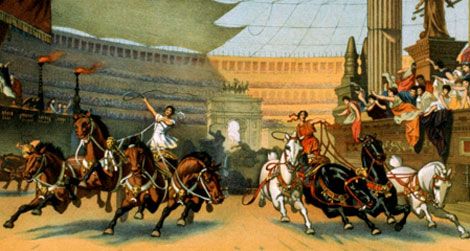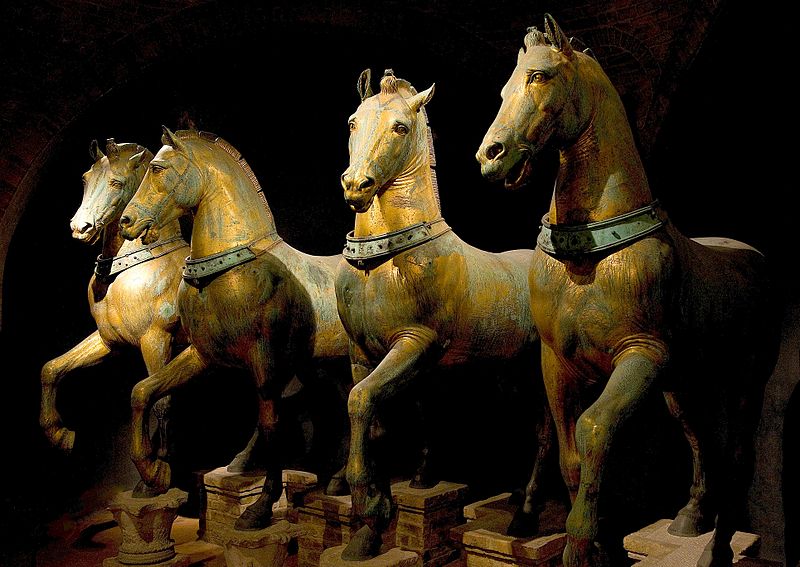

The hippodrome was filled with statues of gods, emperors, animals, and heroes, among them some famous works, such as a 4th-century BC Heracles by Lysippos, Romulus and Remus with the she-wolf Lupa, and the 5th-century BC Serpent Column. The spina that stood at the center of the chariot racing circuit was still visible then in modern Istanbul, three of the ancient monuments remain. The engraving, dated 1580, may be based on a drawing from the late 15th century. Ruins of the Hippodrome, from an engraving by Onofrio Panvinio in his work De Ludis Circensibus ( Venice, 1600). The Kathisma could be accessed directly from the Great Palace through a passage which only the emperor or other members of the imperial family could use. The race-track at the Hippodrome was U-shaped, and the Kathisma (emperor's lodge) was located at the eastern end of the track.

The stands were capable of holding 100,000 spectators. The spina (the middle barrier of the racecourse) was adorned with various monuments, including the monolithic obelisk, the erection of which is depicted in relief carvings on its base. The carceres (starting gates) stood at the northern end and the sphendone (curved tribune of the U-shaped structure, the lower part of which still survives) stood at the southern end. It is estimated that the Hippodrome of Constantine was about 450 m (1,476 ft) long and 130 m (427 ft) wide. Constantine greatly enlarged the city, and one of his major undertakings was the renovation of the Hippodrome. This name failed to impress and the city soon became known as Constantinople, the City of Constantine.

In AD 324, the Emperor Constantine the Great decided to refound Byzantium after his victory at the nearby Battle of Chrysopolis he renamed it Nova Roma ( New Rome). In AD 203 the Emperor Septimius Severus rebuilt the city and expanded its walls, endowing it with a hippodrome, an arena for chariot races and other entertainment. The first Hippodrome was built when the city was called Byzantium, and was a provincial town of moderate importance. Location of the Hippodrome in ConstantinopleĪlthough the Hippodrome is usually associated with Constantinople's days of glory as an imperial capital, it actually predates that era.


 0 kommentar(er)
0 kommentar(er)
